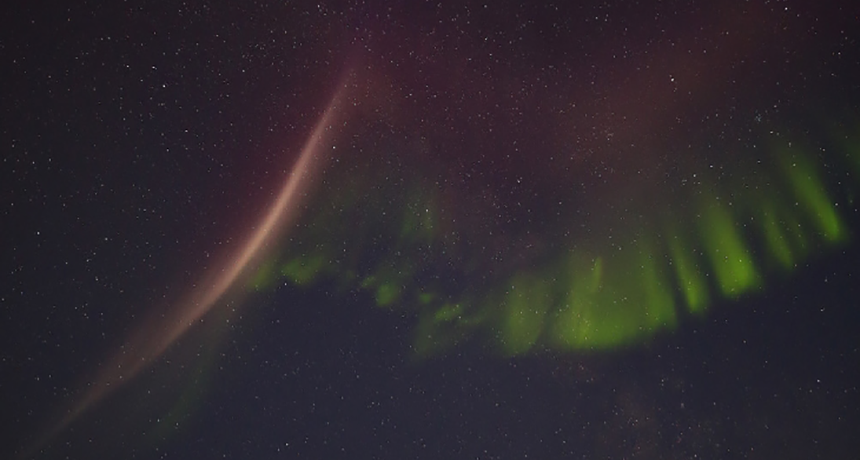atmosphere The envelope of gases surrounding Earth or another planet.
chemical A substance formed from two or more atoms that unite (bond) in a fixed proportion and structure. For example, water is a chemical made when two hydrogen atoms bond to one oxygen atom. Its chemical formula is H2O. Chemical also can be an adjective to describe properties of materials that are the result of various reactions between different compounds.
citizen scientists Members of the general public who help scientists out by participating in scientific research. The data that these citizen “scientists” collect helps to advance research. Letting the public participate means that scientists can get data from many more people and places than would be available if they had been working alone.
electron A negatively charged particle, usually found orbiting the outer regions of an atom; also, the carrier of electricity within solids.
equator An imaginary line around Earth that divides Earth into the Northern and Southern Hemispheres.
excite (in chemistry and physics) To transfer energy to one or more outer electrons in an atom. They remain in this higher energy state until they shed the extra energy through the emission of some type of radiation, such as light.
friction The resistance that one surface or object encounters when moving over or through another material (such as a fluid or a gas). Friction generally causes a heating, which can damage a surface of some material as it rubs against another.
latitude The distance from the equator measured in degrees (up to 90). Low latitudes are closer to the equator; high latitudes are closer to the poles.
molecule An electrically neutral group of atoms that represents the smallest possible amount of a chemical compound. Molecules can be made of single types of atoms or of different types. For example, the oxygen in the air is made of two oxygen atoms (O2), but water is made of two hydrogen atoms and one oxygen atom (H2O).
northern lights Also known as the aurora borealis, this light display in the Northern Hemisphere sky is caused when incoming energetic particles from the sun collide with gas molecules in Earth’s upper atmosphere.
oxygen A gas that makes up about 21 percent of Earth's atmosphere. All animals and many microorganisms need oxygen to fuel their growth (and metabolism).
particle A minute amount of something.
physicist A scientist who studies the nature and properties of matter and energy.
plasma (in chemistry and physics) A gaseous state of matter in which electrons separate from the atom. A plasma includes both positively and negatively charged particles.
satellite A moon orbiting a planet or a vehicle or other manufactured object that orbits some celestial body in space.
space weather Conditions on the sun, in the solar wind and within Earth’s upper atmosphere that can affect technologies on Earth and that have the potential to endanger human health. Triggering these weather events are the stream of plasma, or solar wind, emitted by the sun. In addition, there are clouds of material spewed by the sun, known as coronal mass ejections. Together, these can contribute to large magnetic and electrical storms in Earth’s upper atmosphere.
thermal Of or relating to heat.
velocity The speed of something in a given direction.
vertical A term for the direction of a line or plane that runs up and down, as the vertical post for a streetlight does. It’s the opposite of horizontal, which would run parallel to the ground.
wave A disturbance or variation that travels through space and matter in a regular, oscillating fashion.








